Rise Against Hunger Philippines: Transforming lives with nutrition and education programs
How food bank Rise Against Hunger Philippines feeds thousands of school children daily
By MB Lifestyle
Although public schools give less-privileged children access to education, some miss school because their parents don’t have money for "baon" or transportation, and others who do get to attend class arrive without having eaten breakfast.
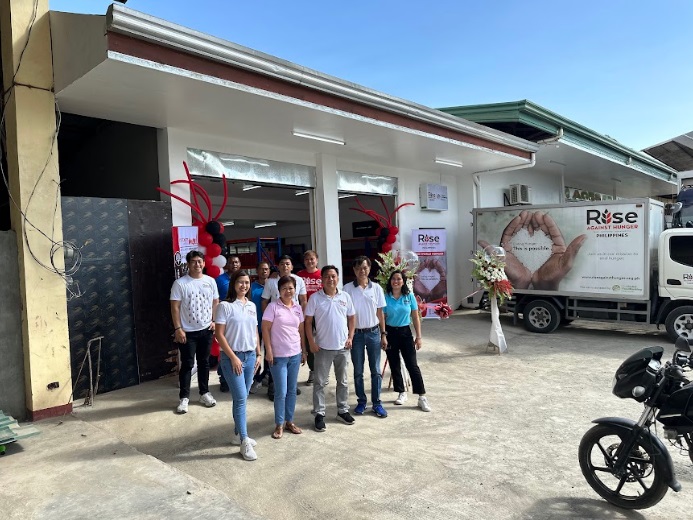
It’s a story that is oft-repeated in the country’s marginalized communities, the reason why Rise Against Hunger Philippines (RAHP) - the only national food bank in the country - has been feeding over 5,000 of children daily through school and community-based feeding programs, such as those in Calauan, Laguna (in partnership with Don Bosco TVET Center) and Bungkol Elementary School in Magdalena.
The school feeding project is just one among many others initiated and sustained by RAHP. To date, they run several food banks, provide aid during times of disaster, deploy the Jeepney Soup Kitchen & Food Bank to communities in need, while actively seeking sponsorships from both corporate and individual donors.
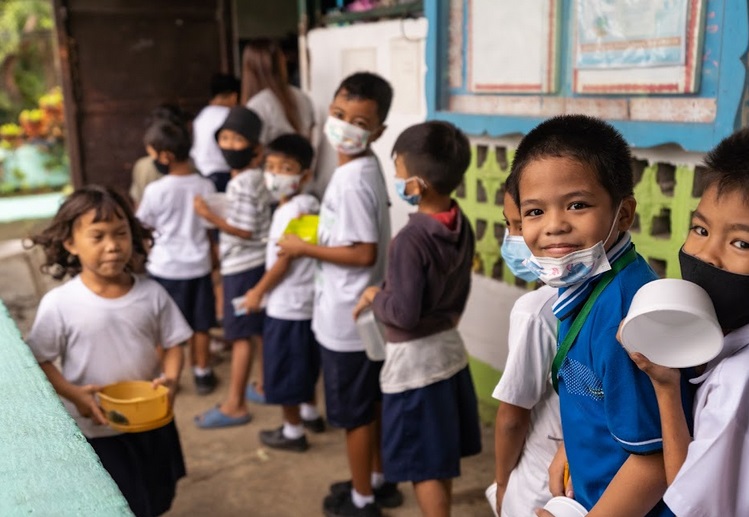
This October, RAHP rolled out their Nueva Vizcaya nutrition project, adding close to 6,000 elementary-age kids and their families to their list of beneficiaries through an at-home feeding program in Nueva Vizcaya. The program was formalized in an agreement signed last Aug. 8 by RAHP executive director Jomar Flears, and the Dept. of Education’s School Governance and Operations Division chief, Romula Ancheta. Running parallel to that are two other projects launched last Aug. 9: An agricultural recovery program in partnership with the Nueva Vizcaya Agricultural Terminal (NVAT) - one of the busiest agricultural junctions in the country - and the operation of another RAHP food bank within the terminal.
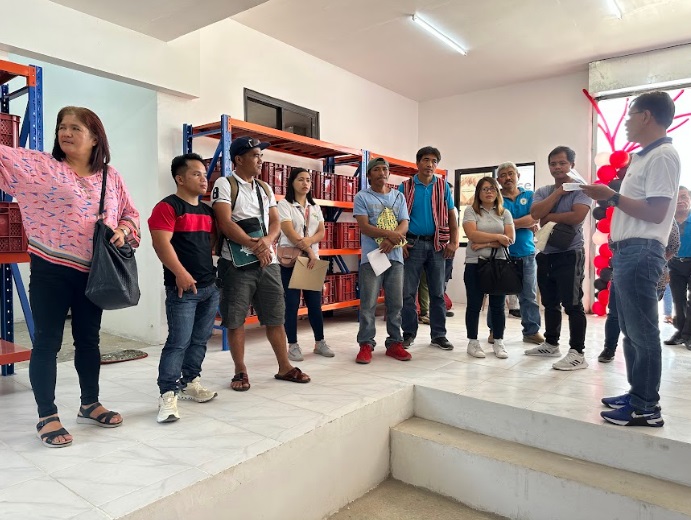
Fleras also shared details about their groundbreaking hybrid project where an agricultural recovery system supports the nutrition program. “NVAT’s farmers can donate excess or rejected produce and get a coupon in return, which they can use to purchase supplies from RAHP’s food bank,” Fleras says. “Donated fruits and vegetables will be distributed to 10 public schools in the province which were chosen on account of their high stunting rates. In the process, the farmers and communities benefit, including the school children’s families.”
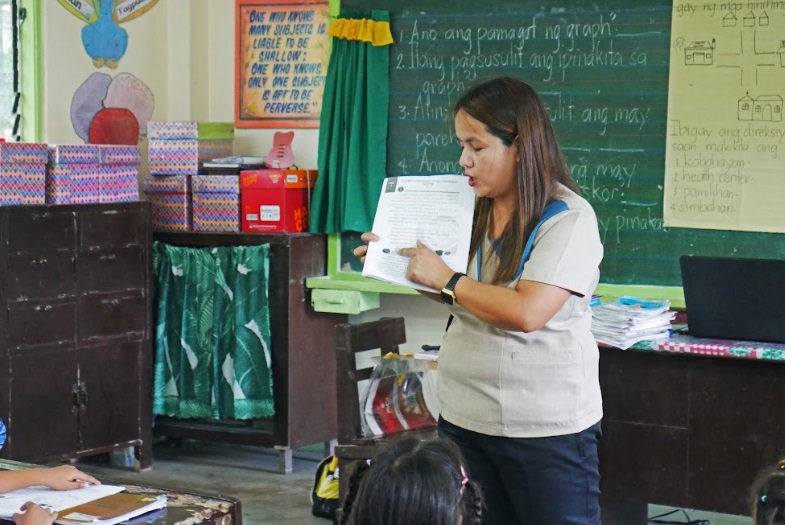
RAHP’s at-home nutrition supplementation program in Nueva Vizcaya is different from RAHP’s school feeding projects where elementary students are fed hot nutritious meals made from the NGO’s signature rice-soy meal packs that come in four flavors - champorado, guinataan, monggo and arroz caldo. Changes in weight and height are monitored, which shows a marked improvement in the program enrollees’ health status.
In Bungkol Elementary School, for example, one in four students were classified as malnourished before the program. Ten months into the dietary supplementation, just one in 10 students are undernourished. One of the school's teachers, Evangeline Leonardo, also saw a change in her student’s morale and academic performance.

“Number one talaga na pagbabago is nagkaroon sila ng interest sa pagpasok (The number one change is that they have developed an interest in coming to school),” Leonardo observes. “Nagsasabi na sila umaga pa lang, ‘maam, ano menu natin?’(They even ask early in the morning, 'Ma'am, what's on the menu?)"
“Dati kasi di talaga sila masigla sa klase,(Before, they really weren't enthusiastic in class)” she continues. “Ngayon, pumasok man sila na hindi ganon kalaki yung baon nila, merong feeding na makakapag–tawid sa kanila ng gutom. Maraming mga bata ngayon na kahit walang baon, pumapasok sila talaga kasi nga nag-aabang talaga sila doon sa feeding. (Now, even if their packed lunches aren't that big, there's the feeding program that helps them overcome hunger. Many children today, even without packed lunches, still come to school because they're really looking forward to the feeding program)”
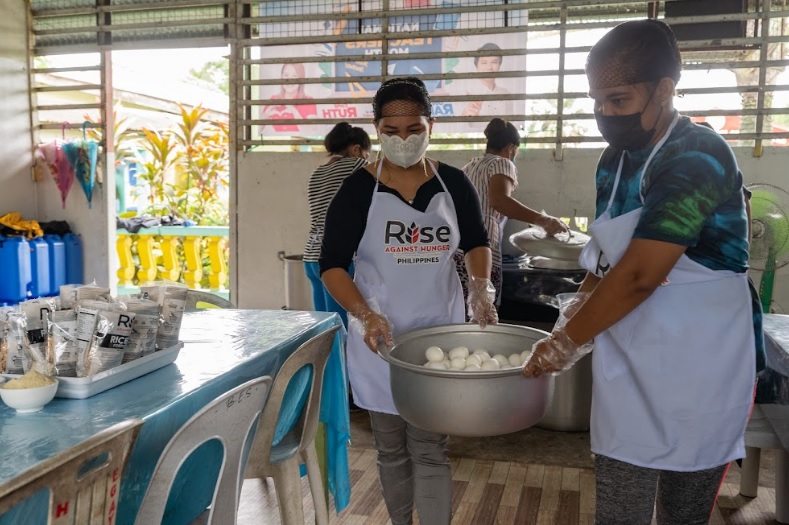
She also observed the improved academic performance of some students, as well the increased participation among parents, with more volunteering to help prepare, cook and distribute the meals after seeing the changes in their children.
“Sustaining our Dietary Nutrition Program is important because without continuity, these children can easily slide back to being undernourished,” Fleras says. “And it’s not just filling their stomachs, but more about giving them nutritious meals, or in the case of community-based programs, access to fresh produce.”
“Running a food bank is a lot of work,” Fleras continues. “We are constantly seeking donations in kind and in cash to sustain these different programs and deploying food and supplies to where they are needed. But it is very fulfilling when we hear stories like what Teacher Evangeline shared, because that’s when we realize that we can all do something to change lives.”